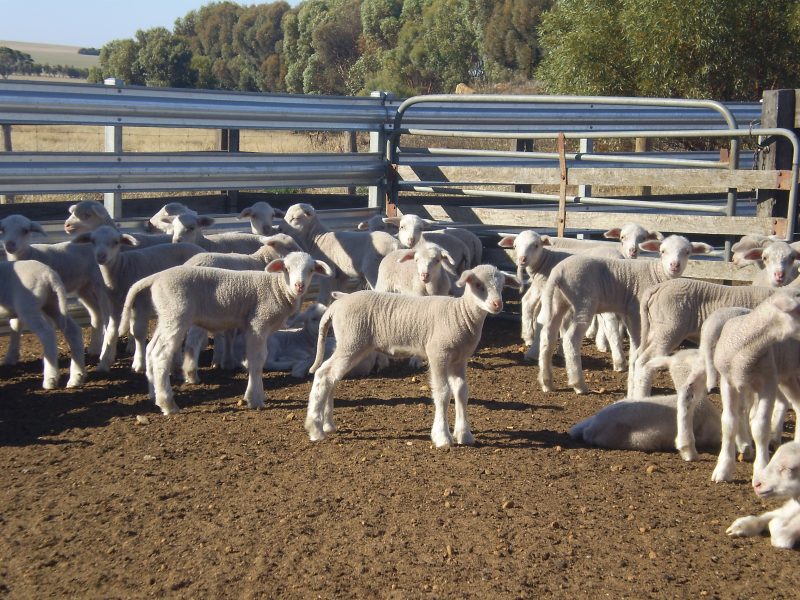Dohnes Utilise Feed Better
COLIN BLACK Laura, South Australia
SOUTH AUSTRALIAN farmer Colin Black first introduced Dohne rams to his livestock program about five years ago, and was immediately impressed with the results.
He has since completed the transition from Merino to Dohne rams and has reported a 20 per cent increase in lambing rates. The two, three and four-year-old ewes are mated to Dohne rams and the older ewes are mated to White Suffolk rams – a practice Mr Black has continued from his time running Merinos.
“Five years ago I mated one mob to Dohne rams because I wanted to plain down a bit”, he said. “I put a different colour tag in the Dohne lambs at tailing so I could tell the difference between them and the Merinos. All the Dohne and Merino lambs were treated the same and run together in the same mob when weaned”.
“When the lambs were crutched before shearing, the Dohne lambs were a lot heavier and were much better doers than the pure Merino lambs. When I pulled out my top 100 wethers to sell in-wool, 70pc of the top 100 were Dohnes, even though just one-third of all the lambs were Dohnes”.
Mr Black planned on gradually introducing Dohnes across the property, but the first year results inspired him to make the switch sooner.
“I was going to do one mob to Dohnes each year and do the change slowly, but after that I decided it’d be easier to do it all at once and I was confident the results would be there”, he said.
“In doing so I have increased my lambing by 20pc, and they are a more robust and quicker maturing lamb than the Merino. I think that Dohne lambs utilise feed better when things are tough, so our ewes stayed in good condition all summer”.
“Dohne lambs are also definitely stronger at birth – I’m sure that’s what has helped us up our lambing percentage”.











 Facebook
Facebook YouTube
YouTube Instagram
Instagram